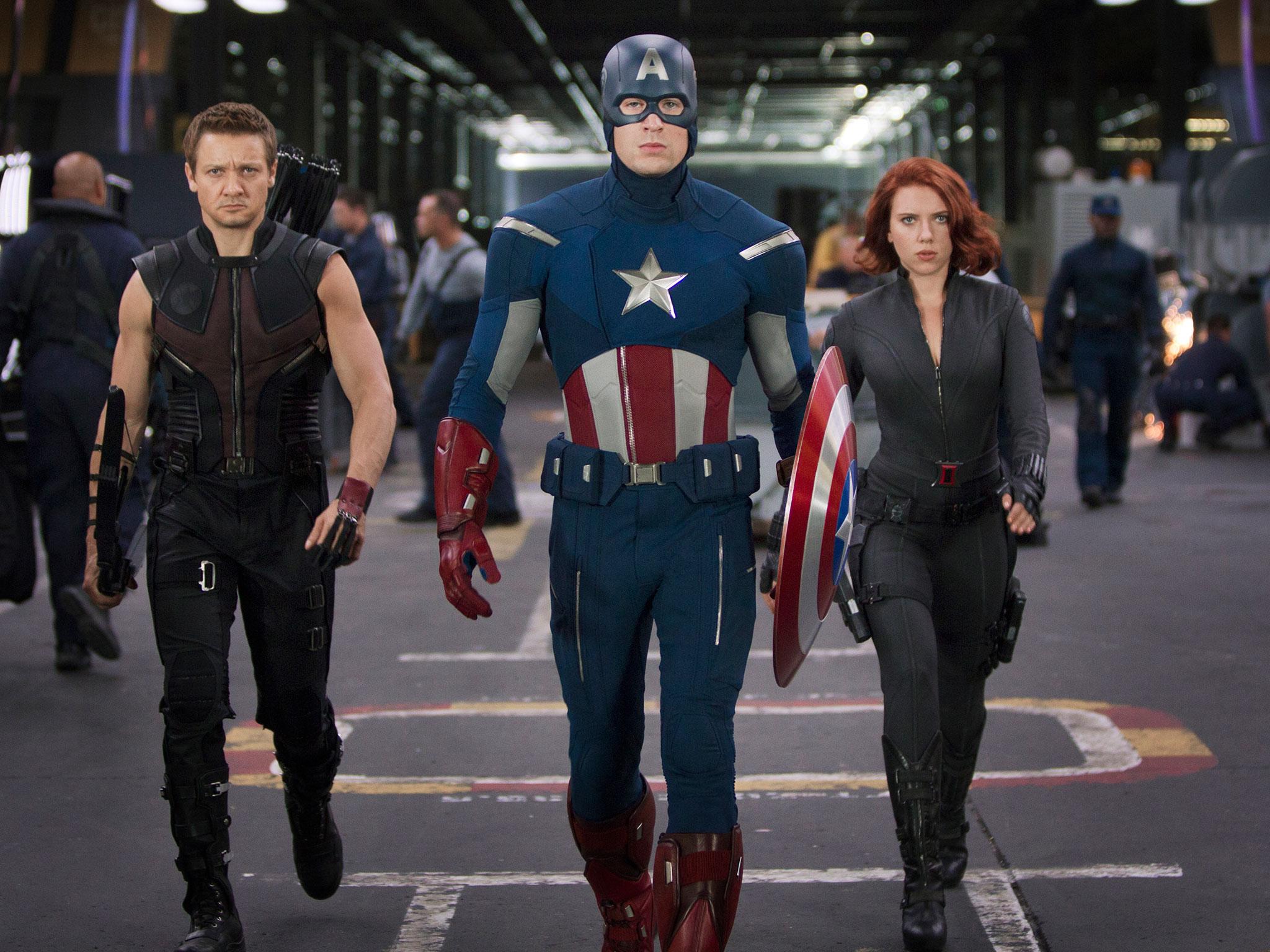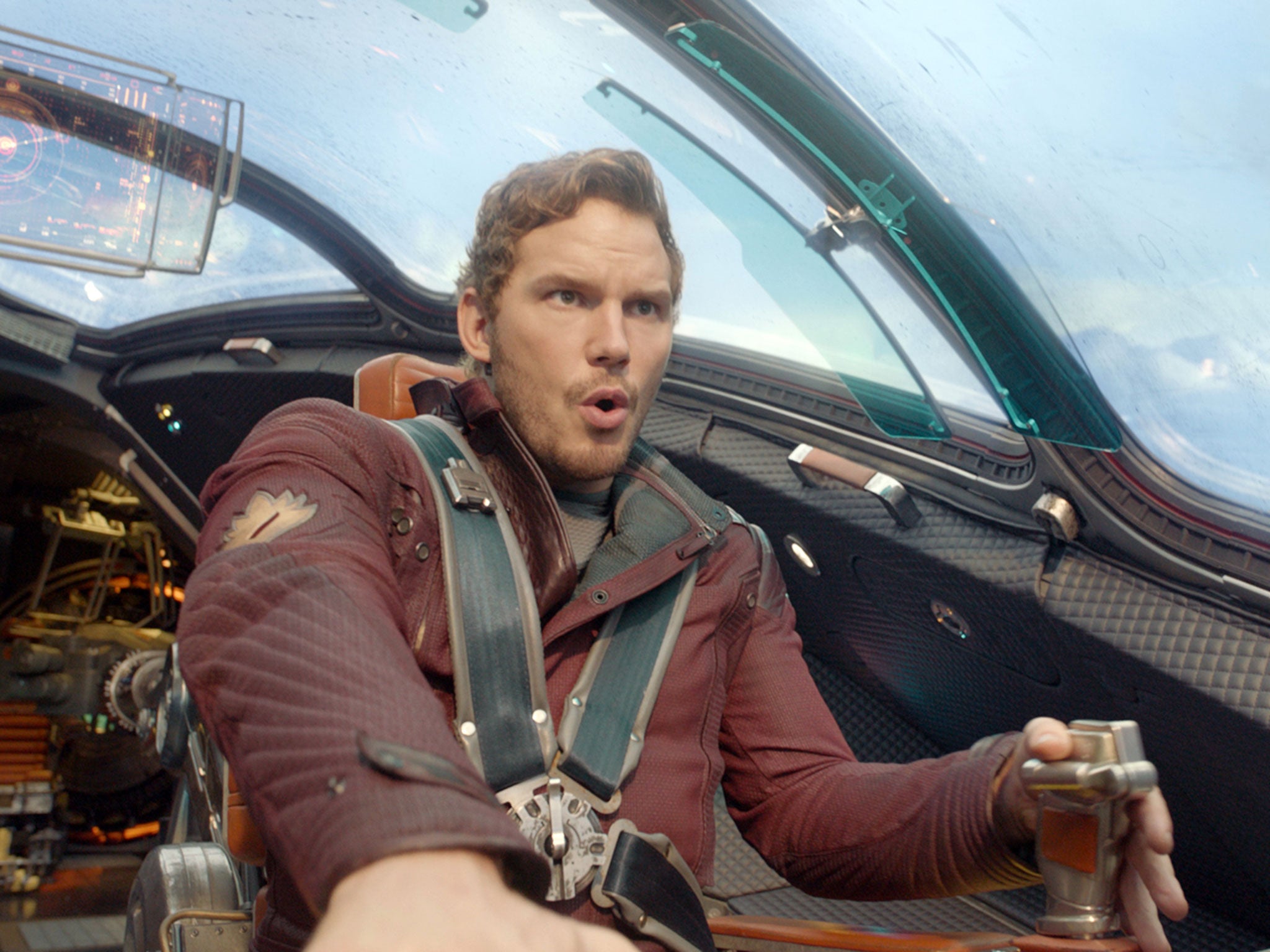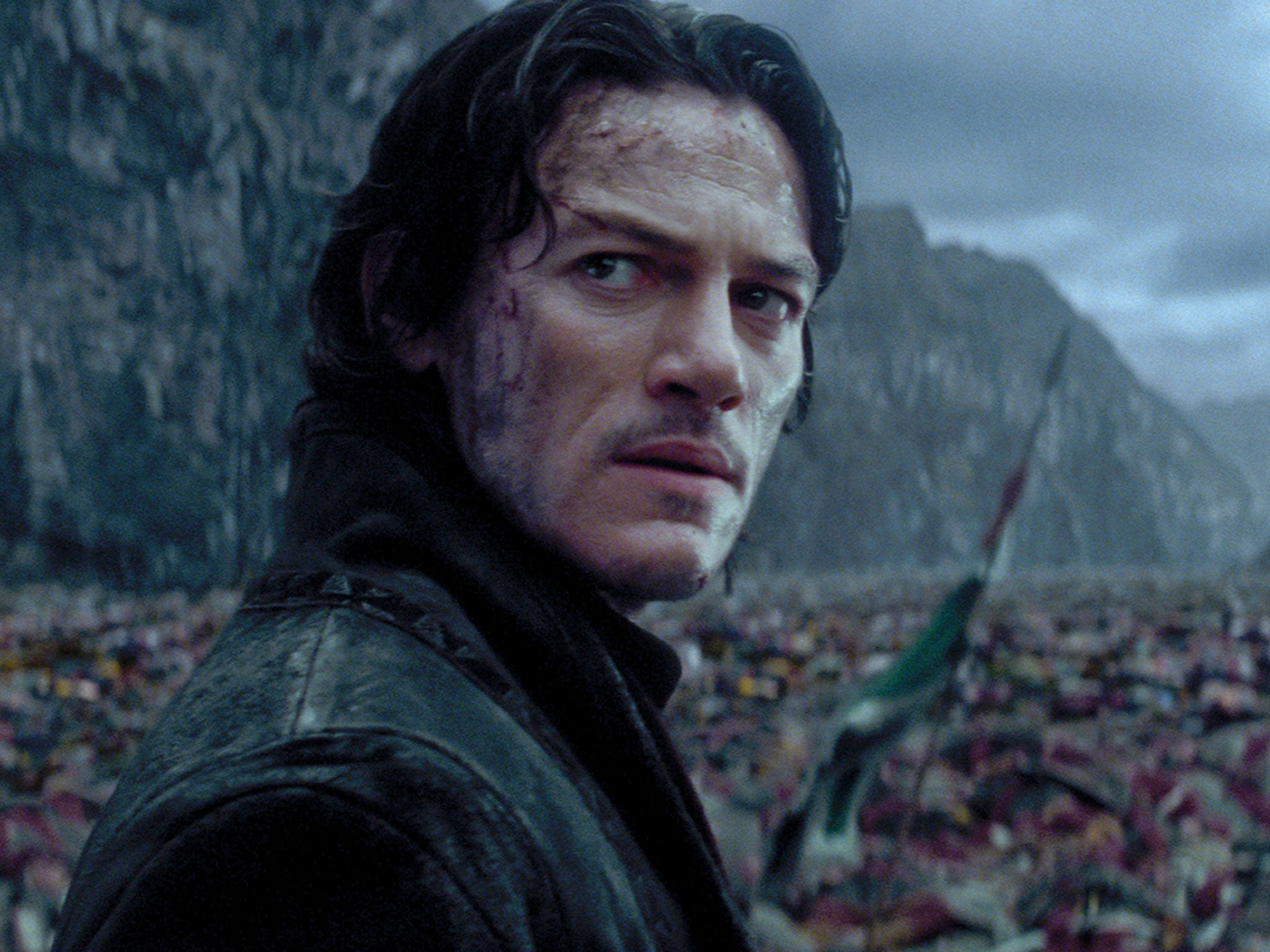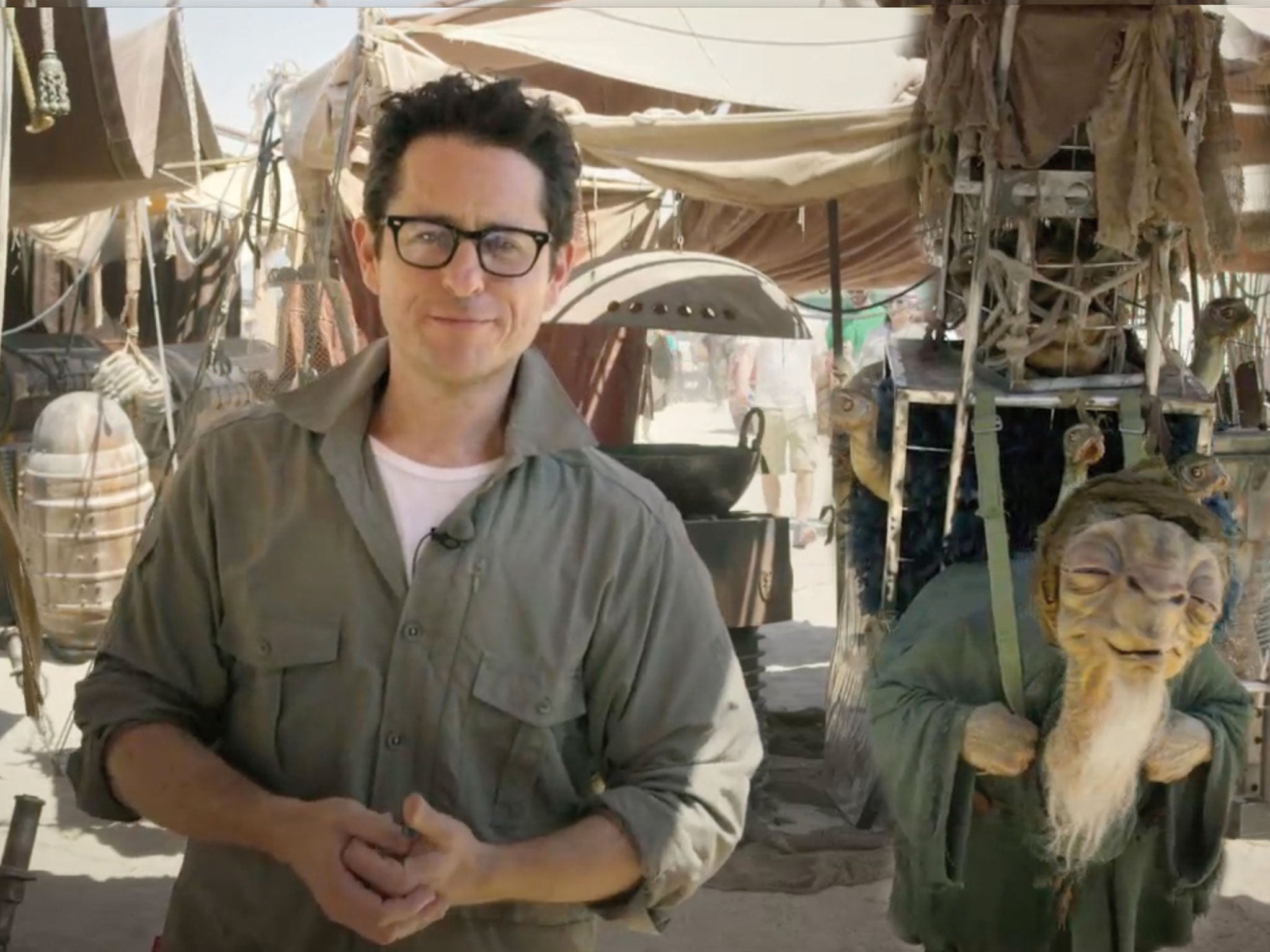From Marvel to Star Wars: The rise of cinema’s shared universes
The fictional worlds of our favourite films are growing, but is this a good thing?

Your support helps us to tell the story
From reproductive rights to climate change to Big Tech, The Independent is on the ground when the story is developing. Whether it's investigating the financials of Elon Musk's pro-Trump PAC or producing our latest documentary, 'The A Word', which shines a light on the American women fighting for reproductive rights, we know how important it is to parse out the facts from the messaging.
At such a critical moment in US history, we need reporters on the ground. Your donation allows us to keep sending journalists to speak to both sides of the story.
The Independent is trusted by Americans across the entire political spectrum. And unlike many other quality news outlets, we choose not to lock Americans out of our reporting and analysis with paywalls. We believe quality journalism should be available to everyone, paid for by those who can afford it.
Your support makes all the difference.In 2010, I emerged from a press screening of Iron Man 2 alongside one of my fellow reviewers. He was utterly baffled. “What was Scarlett Johansson’s character there for,” he spluttered. “And what was the point of all that stuff with Samuel L Jackson? What was he talking about?”
Ah, I was able to reply. Their characters, The Black Widow and Nick Fury, may not have been crucial to the plot of Iron Man 2, but the makers of the film, Marvel Studios, were laying the groundwork for a team-up movie which will put half a dozen of their superheroes in one blockbuster. “And, by the way,” I added, “did you notice the stripy shield in Tony Stark’s lab? That belongs to Captain America.”
“You know a lot about this, don’t you,” said my colleague. It didn’t sound like a compliment. What I should have said, perhaps, was that Marvel was developing a “shared universe” – a fictional world in which all of its superhero films would be set. The big idea was that a character from Thor would be able to visit Captain America, while a character from Iron Man could drop in on The Incredible Hulk. And then, once audiences had got to know those characters, the whole lot of them would squeeze into the same film, 2012’s The Avengers (or Avengers Assemble, as it was renamed in Britain for copyright reasons). If my fellow critic still hasn’t got the gist of it, he will do soon: shared cinematic universes are now popping into existence at a rate which Stephen Hawking would struggle to keep up with. 2015’s two biggest releases, the Avengers sequel Avengers: Age of Ultron and the new JJ Abrams Stars Wars film The Force Awakens are both “shared universe” releases.
And my colleague was right: I do know a lot about them. I spent my formative years poring over Marvel and DC superhero comics, and in those, characters from one comic are always guest-starring in another. In part, this is simply clever marketing. As a Hulk fan, I would always be more likely to buy an issue of The Amazing Spider-Man if the Hulk was rampaging through it. But I liked to think that there was more to these crossovers than corporate synergy. They enriched the storytelling and fired the imagination, making me feel as if each comic was a glimpse into a vast, complex parallel dimension.

And, historically, there was no way a film company could have attempted the same technique. There were big-screen mash-ups, from Frankenstein Meets The Wolf Man in 1943 to Alien vs Predator in 2004, but no studio had the resources to churn out numerous interlinked blockbuster franchises. But when Marvel Studios began producing its own independent films in 2005, its president, Kevin Feige, saw an unprecedented opportunity. The rise of geek culture had made superhero movies more bankable than ever, and advances in digital effects had made them more feasible. It was now possible to do in films what had always been done in comics. Feige initiated the so-called Marvel Cinematic Universe, beginning with Iron Man in 2008.
It was an exciting prospect for the superhero nerds among us. The MCU, as it’s known, would give its writers and directors a range of characters and locations which science-fiction and fantasy films had never known before. The sprawling, sustained narratives which were once the preserve of comics, TV dramas and online video games would at last make it into cinemas. And from the studio’s point of view, the films’ inbuilt cross-promotion would spur Iron Man fans to buy tickets for Thor, and vice versa. The Marvel production line would also gather momentum: even if there was a three-year gap between Captain America films, the intervening Iron Man and Thor films would keep fans invested in his world. Moreover, the MCU would establish a recognisable house style, and this would encourage viewers to take a chance on an unknown bunch of characters, such as this summer’s box-office conquerors the Guardians of the Galaxy, safe in the knowledge that they would be recognisably Marvel-ish.

Feige’s gamble paid off handsomely – so handsomely, in fact, that The Avengers ranks as the third highest-grossing film ever made. It would be a surprise if next year’s Age of Ultron does not prove at least as successful, while Marvel has announced the release dates of 11 further films, stretching all the way to May 2019. Naturally, every other Hollywood studio is following its example. Warner Brothers is building its own universe around the characters from DC Comics, beginning with 2016’s Batman v Superman: Dawn Of Justice. Sony and 20th Century Fox are mapping out universes for Spider-Man and the X-Men. (Confusingly, Spider-Man and the X-Men are Marvel superheroes on paper, but Marvel Studios doesn’t own the film rights.) Universal is putting its most famous monsters in touch with each other, so this year’s Dracula Untold will connect to the forthcoming Wolfman and Frankenstein films. And Sony is even planning a shared Robin Hood universe, so we can all look forward to the solo adventures of Alan-a-Dale and Friar Tuck.
Overshadowing them all, Disney’s new Star Wars series is due to have several central Episodes, continuing where The Return of the Jedi left off in 1983. But it will also have several tangential films, reportedly focusing on Han Solo and Boba Fett. The first of these is to be directed by Gareth Edwards, who made Monsters and Godzilla, and it’s scheduled to be released in December 2016, exactly a year after 2015’s The Force Awakens. As with Marvel, the producers behind Star Wars don’t want you to lose sight of their brand for a second.

The nerdy part of me can’t help but be thrilled by the possibilities. But shared universes can shortchange their audiences, too. As fun as Guardians of the Galaxy was, many viewers will have wondered why the purple bloke in the floating chair wasn’t left on the cutting-room floor – just as my fellow critic couldn’t understand why Samuel L Jackson was in Iron Man 2. The same answer applies: the purple bloke (Thanos, in case you’re interested) is pencilled in to be the arch-villain in a future Avengers instalment, so his cameo in Guardians was there to whet our appetites. Charitably speaking, he provided a tantalising frisson of anticipation. Less charitably, he made Guardians even more confusing and convoluted than it was already. And he’s not alone in being surplus to requirements. There’s a chunk of every Marvel movie that doesn’t belong there, either because it’s effectively a trailer for a subsequent film, or because it’s an arch allusion to an earlier one. The danger is that as the MCU gets more byzantine, and the intertextual nods and winks become more common, its films won’t make any sense unless you’ve seen all the others.
This danger could explain why, while shared universes are proliferating in cinemas, they’re collapsing in the very comics which fostered them. DC had to reboot its entire output in 2011, restarting all of its comics from issue one, and erasing years of continuity. Marvel, meanwhile, rejigged its chronology in 2007, as well as adding a separate “Ultimate” universe in 2000 which is populated by updated versions of its classic characters. Besides, the best recent comics from both companies have tended to be one-off graphic novels and mini-series which are separate from the official “canon”. Comics creators have learnt that once a shared universe has too many threads, it becomes as restrictive as a spider’s web. It might not take long before film-makers discover that, too.
Join our commenting forum
Join thought-provoking conversations, follow other Independent readers and see their replies
Comments